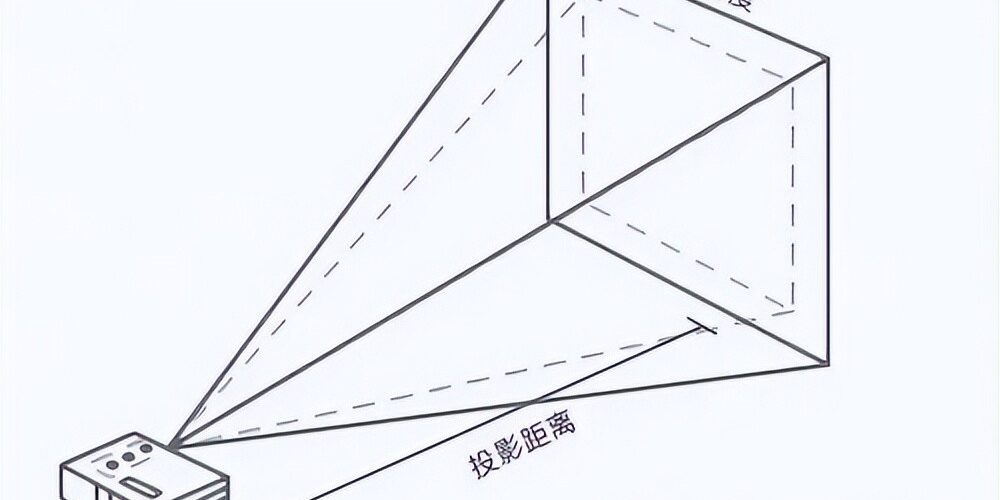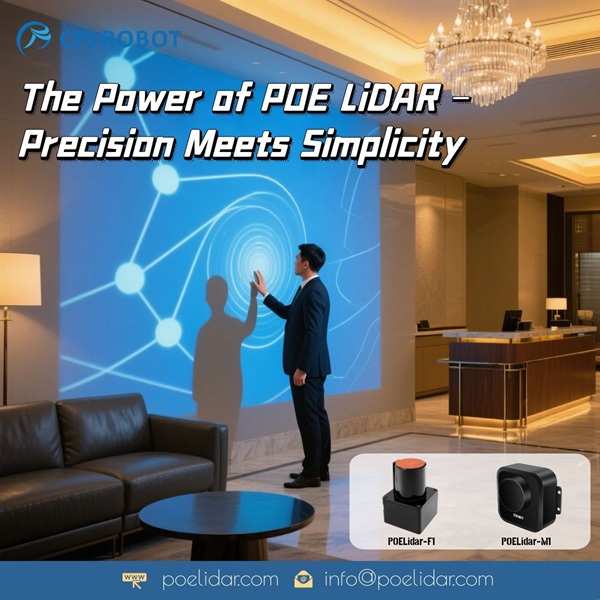As people’s quality of life continues to improve, more and more young people are starting to pay attention to and try out stylishly designed, high-performance laser projectors. At the same time, according to the latest data from the smart projector market, ultra-short throw and medium/long throw laser projectors are rising rapidly.
However, which is better – long throw or short throw? At different price points, which type of laser projector offers better value for money? Many people may still be at a loss.
First, let’s discuss the difference between long throw and short throw projectors.
- Long Throw Laser Projector This refers to projectors that require a distance of 2.6 meters or more to project a 100-inch image size. For home use, a larger distance and space is typically needed to achieve the desired large screen size.
- Ultra-Short Throw Laser Projector As the name suggests, this refers to projectors with a very short lens throw ratio, often called laser TVs.
These products generally use an ultra-wide angle lens. They work by emitting light from an internal lamp, which is then refracted by the lens at the front of the body to project a large screen image from an ultra-short distance.
The main difference lies in the throw ratio. What is throw ratio? It has a simple formula: throw ratio = projection distance / image width.
To put it more plainly, when projecting a 100-inch image, the smaller the projection distance, the smaller the throw ratio. It is generally considered a short throw when the ratio is less than 1, and an ultra-short throw when it reaches below 0.6.
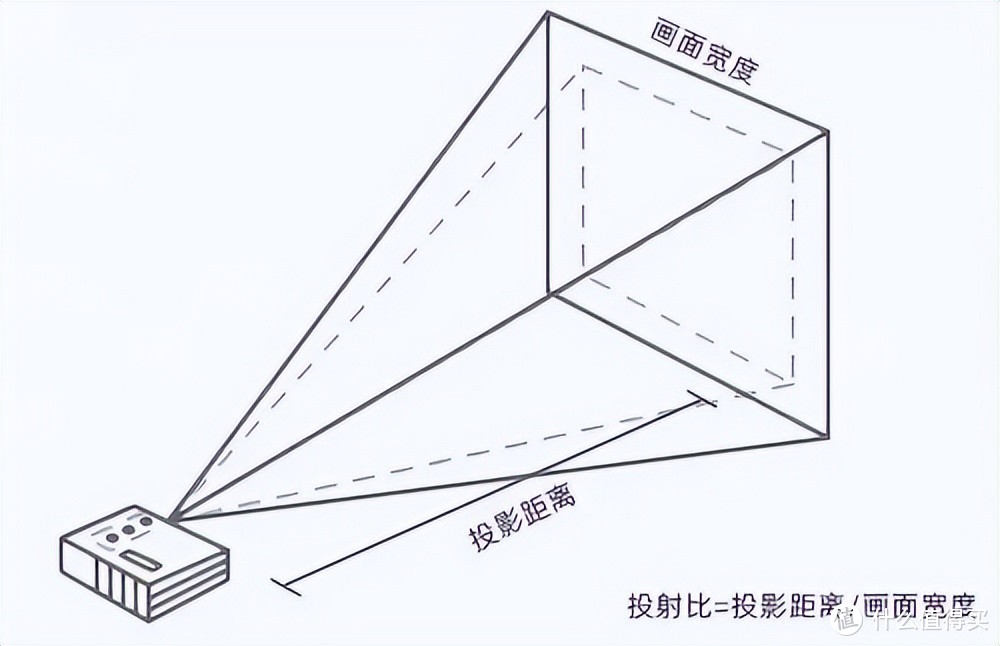
Pros and Cons of Long Throw Laser Projectors:
Pros For now, long throw projectors are the mainstream in the market. The technology is relatively more mature, so the pricing also tends to be more affordable and accessible.
They offer more flexibility in placement, supporting ceiling mount, front projection, side projection, without affecting storage.
Cons When someone walks in front of the projector, their body will block the light path and interfere with the projected image. Additionally, due to the difference in speed between light and sound, lip-sync issues can occur where the image is ahead of the audio, degrading the viewing experience.
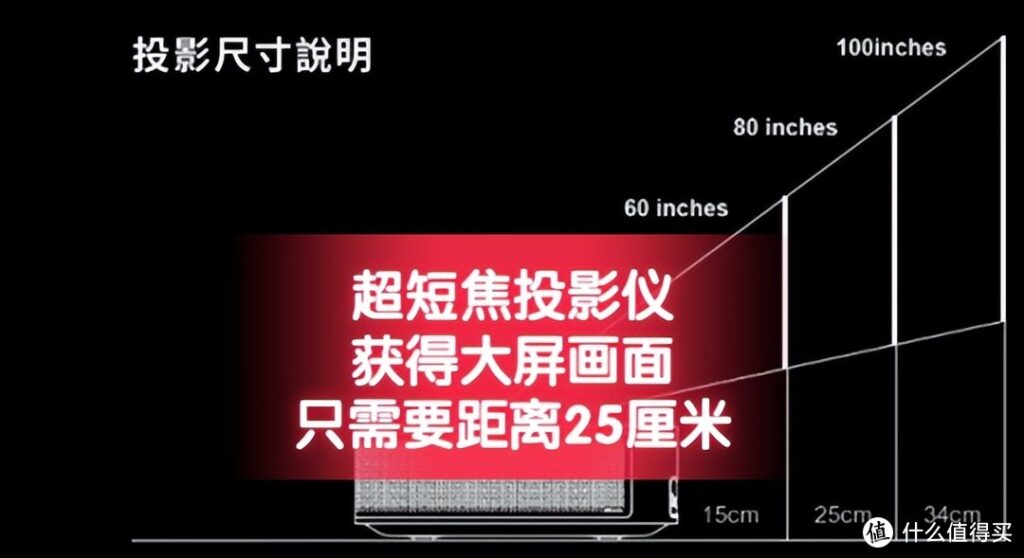
Pros and Cons of Ultra-Short Throw Laser Projectors:
Pros It only needs to be placed close to the wall, minimizing space constraints. You can enjoy a large projected image from a short distance, saving space. It’s very suitable for environments with limited space and can also prevent children from directly viewing the light source which could harm their eyes.
Those who have used projectors know that the further the projector is from the wall or screen, the more severe the light loss is, meaning ambient light has a greater impact on the projected image. Therefore, in terms of brightness, ultra-short throw projectors can better maintain the original brightness compared to long throw projectors.
However, besides the advantages, ultra-short throw projectors also have four difficult drawbacks to overcome. This is what many people have been wondering about: why haven’t ultra-short throw projectors become more popular despite their convenience?
Cons Although ultra-short throw projectors don’t have the issue of the light path being easily blocked like long throw models, their image quality and brightness tend to be poorer.
The reason lies in the difference in product structure. Long throw projector lenses generally have 3-5 pieces, while short throw projectors have a more complex internal structure requiring 12 or more high-precision optical lenses to ensure proper image output. With the same light source, this means short throw projectors have about 10-15% lower brightness on the screen compared to long throw models. This brightness difference results in a gap in image quality.
Not only that, but ultra-short throw projectors also have placement challenges. Although suitable for small spaces, due to the low throw ratio, short throw units need to be placed further away from the wall if placed on a desk or table. If the wall is uneven, it can cause a rippling wave effect on the image. The 140% offset design means the projected image will be 30cm higher than the unit itself, requiring the viewer to look upwards.
Crucially, ultra-short throw projectors are mostly priced in the range of tens of thousands, making them very expensive. A separate screen is also needed to achieve the ideal image effect, deterring many people.
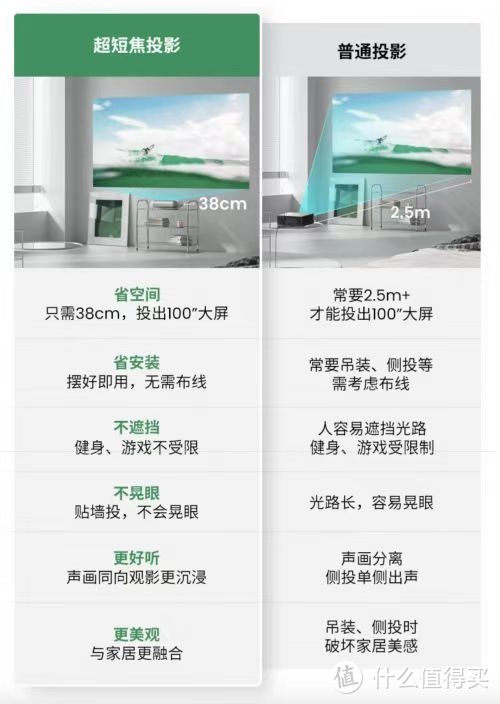
Some may not be familiar with tri-color laser technology – what is it?
The principle behind tri-color laser is using red, green and blue laser light sources to shine on a DMD chip to present the image colors.
The combination of these three light sources allows tri-color laser to cover a wider color gamut, producing richer and more realistic image effects. While ensuring low power consumption, it provides more stable projection performance. This technology is gradually overtaking traditional LED light source projectors and has been a key highlight of Jingxi’s latest projectors.

